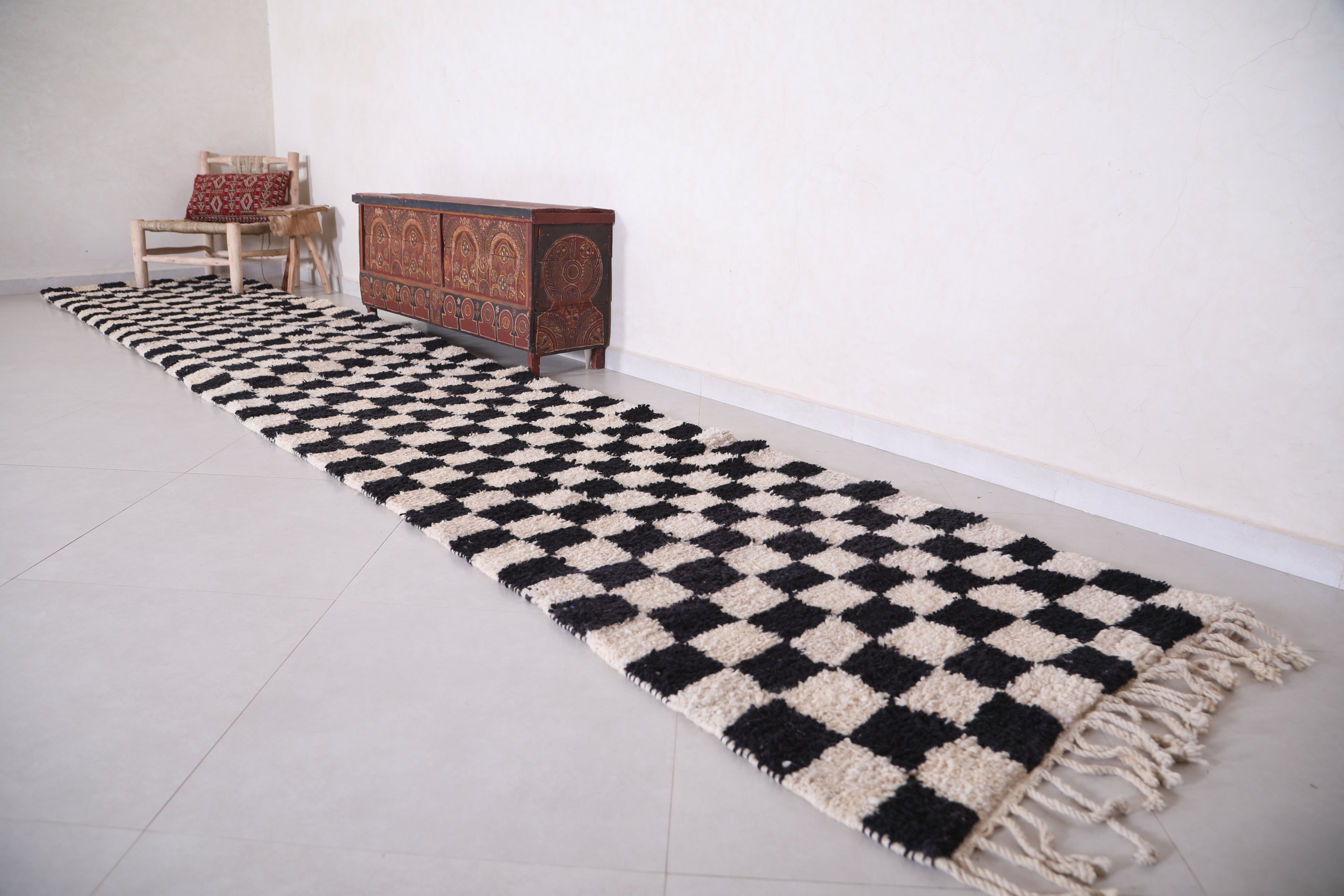
History and Evolution of Runner Rugs
History and Evolution of Runner Rugs
Runner rugs have been a staple in home decor for centuries, providing both functionality and style to any space. From their humble beginnings as simple floor coverings to their current status as statement pieces, runner rugs have come a long way in terms of history and evolution. Let's delve into the fascinating journey of runner rugs and how they have evolved over time.
Origins of Runner Rugs
The history of runner rugs can be traced back to ancient civilizations such as the Persians, who were known for their intricate rug-weaving techniques. These early rugs were primarily used for practical purposes, such as keeping floors warm and protecting them from wear and tear. Over time, however, rugs began to serve as symbols of wealth and status, with elaborate designs and patterns showcasing the craftsmanship of the weavers.

Evolution of Design and Patterns
As time passed, runner rugs evolved in terms of design and patterns, reflecting the cultural influences of different regions and civilizations. From traditional Persian motifs to geometric patterns seen in Moroccan rugs, each style of runner rug tells a unique story of the people who created them. Modern-day runner rugs come in a variety of designs, from traditional to contemporary, catering to a wide range of aesthetic preferences.
Materials and Construction
In the early days, runner rugs were typically made from natural materials such as wool, silk, and cotton, which provided durability and warmth. Today, advancements in technology have led to the use of synthetic materials such as nylon and polyester, which offer easy maintenance and affordability. The construction of a runner rug also plays a significant role in its quality, with hand-woven rugs often considered more luxurious and durable than machine-made counterparts.
Uses of Runner Rugs
Runner rugs serve a variety of purposes in home decor, from adding a pop of color to defining spaces in an open floor plan. They can be used in hallways, kitchens, entryways, and even outdoor spaces, providing both comfort and style. Runner rugs are also an excellent way to protect high-traffic areas from wear and tear, extending the life of your floors.
Trends in Runner Rugs
With the rise of minimalist and Scandinavian design trends, runner rugs have seen a resurgence in popularity as a way to add texture and warmth to modern spaces. Neutral color palettes, geometric patterns, and natural materials are common trends in runner rug design, reflecting a desire for simplicity and sophistication in home decor.
Conclusion
The history and evolution of runner rugs are a testament to the enduring appeal of these versatile home decor pieces. From their ancient origins to modern-day trends, runner rugs continue to captivate us with their beauty and craftsmanship. Whether you prefer a traditional Persian rug or a contemporary geometric design, there is a runner rug out there to suit your style and elevate your space.



